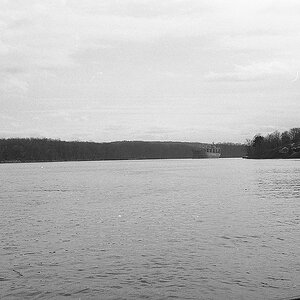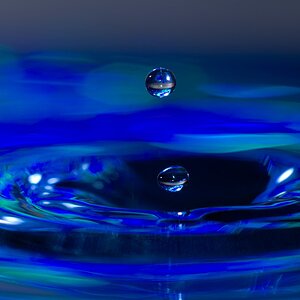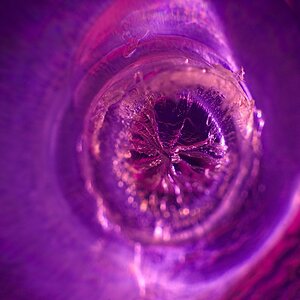I've long wanted to get into photography, and have been using my iPhone which surpassed my point and shoot last year. After a lot of online research, I decided on the M4/3 Panasonic Lumix G5, since it was the right price ($399), had a lot of DSLR like qualities (ergo, EVF, programmable buttons, physical scroll wheel, etc), and had good reviews. I am definitely an amateur, but I have had a few tutorials from a friend as well as online. After doing a test photoshoot out in the yard, I compared the photos I took from the G5 and my iPhone (I took shots with each with the same composition. My problem is, while the G5 is better than the iPhone, it was not drastically better, and some photos were no better without zooming in (I was viewing the photos on my Mac). I was taking pics in auto mode just for comparison purposes. Then I went out with just the G5 and took photos in Aperture priority at different f stops. I was hoping to see differences like the whole image in focus at high F stop and only subject in focus with low f stop. I didn't really notice much of a difference except that the pictures usually looked better with low f stop (3.5).
Sorru for for the long post - the big question is, what can I do to get better pictures (compared to the iPhone)? Is it the kit lens, my skills, or the camera? Should I take my camera back and stick with the iPhone until I can get a $2000 setup?
Sorru for for the long post - the big question is, what can I do to get better pictures (compared to the iPhone)? Is it the kit lens, my skills, or the camera? Should I take my camera back and stick with the iPhone until I can get a $2000 setup?


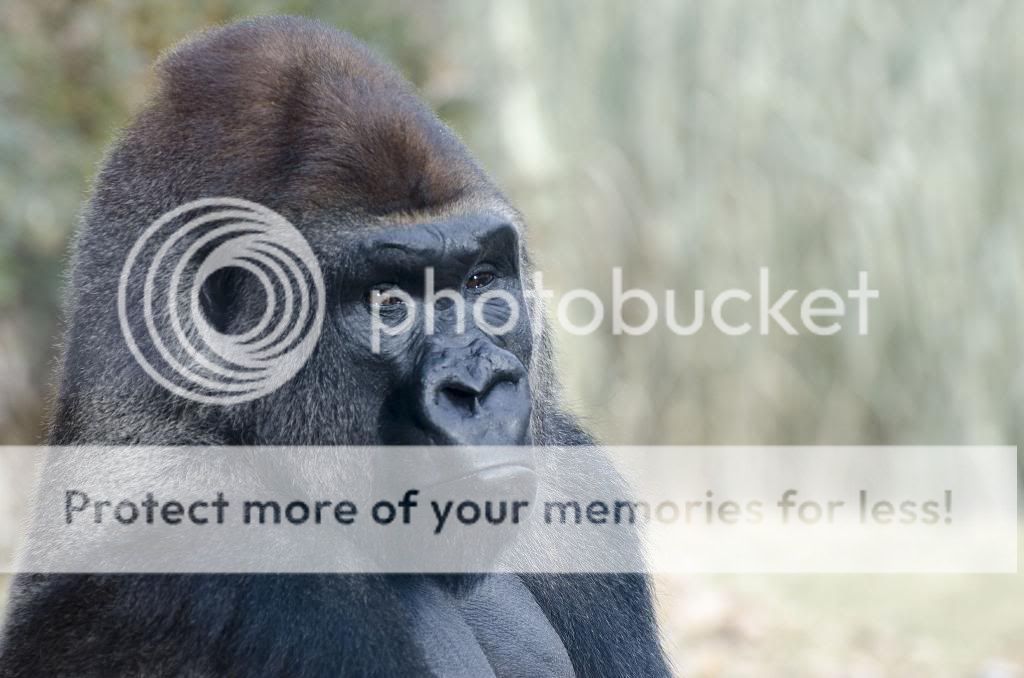
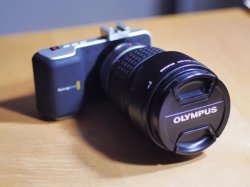
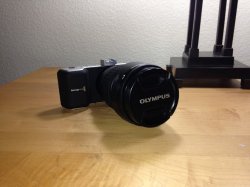
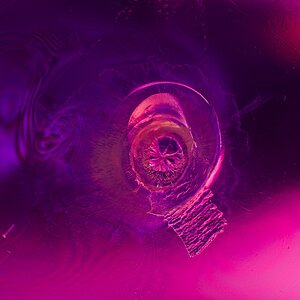
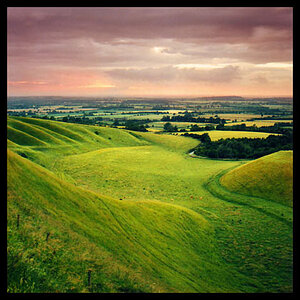
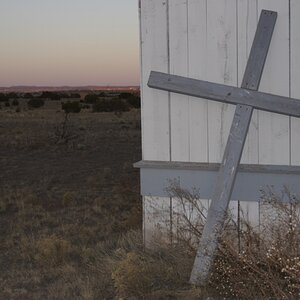
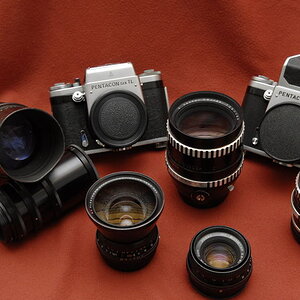
![[No title]](/data/xfmg/thumbnail/32/32005-d13a0bcc56327c42bd32dff4b0776658.jpg?1619735150)
![[No title]](/data/xfmg/thumbnail/32/32703-dc864e762c9e91088156fdcab4aeea33.jpg?1619735606)
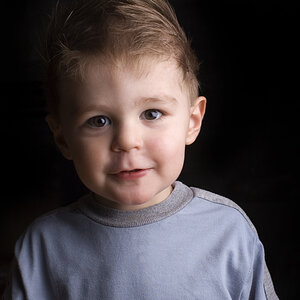
![[No title]](/data/xfmg/thumbnail/32/32704-68982e06c91b163f96186a4eb21d742f.jpg?1619735607)
